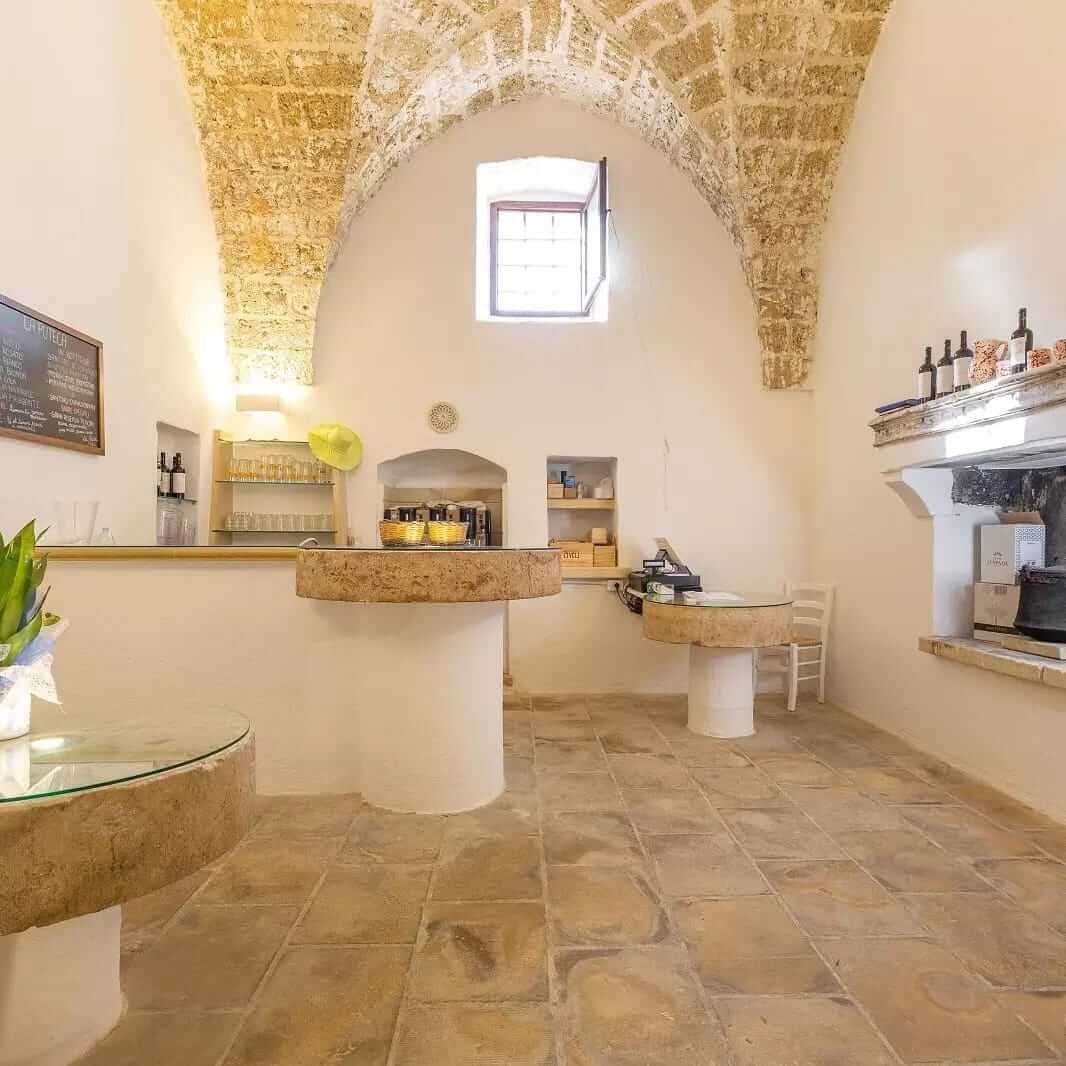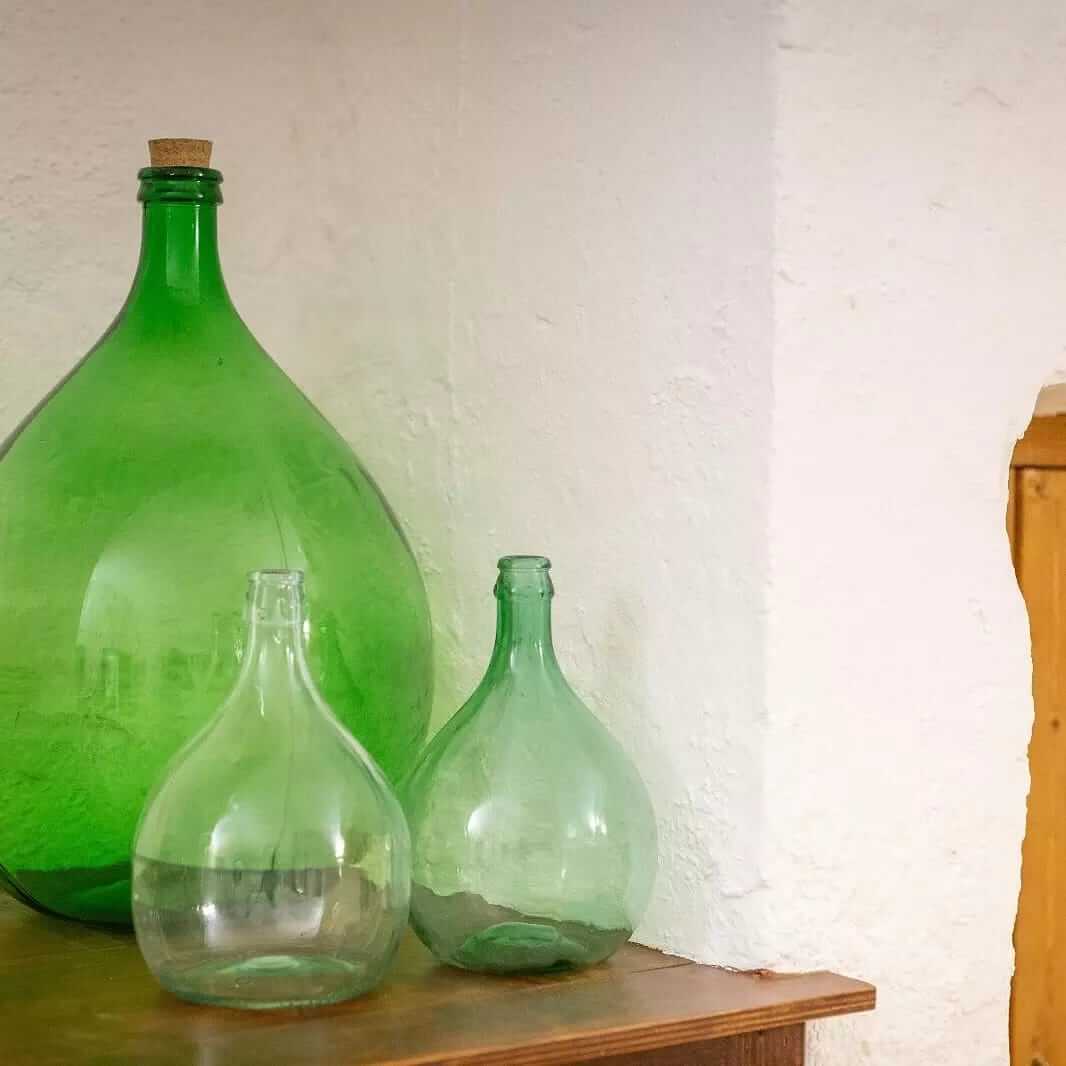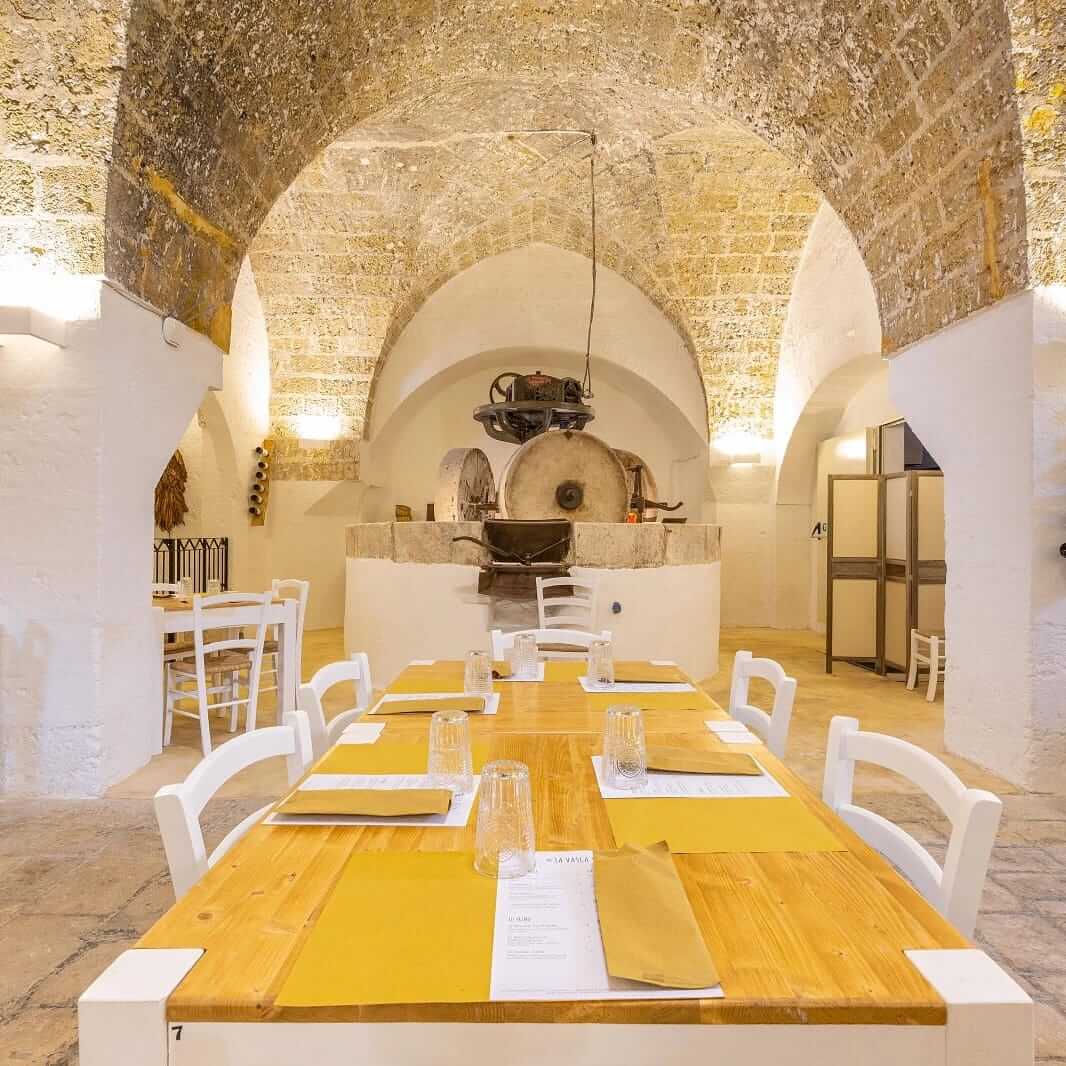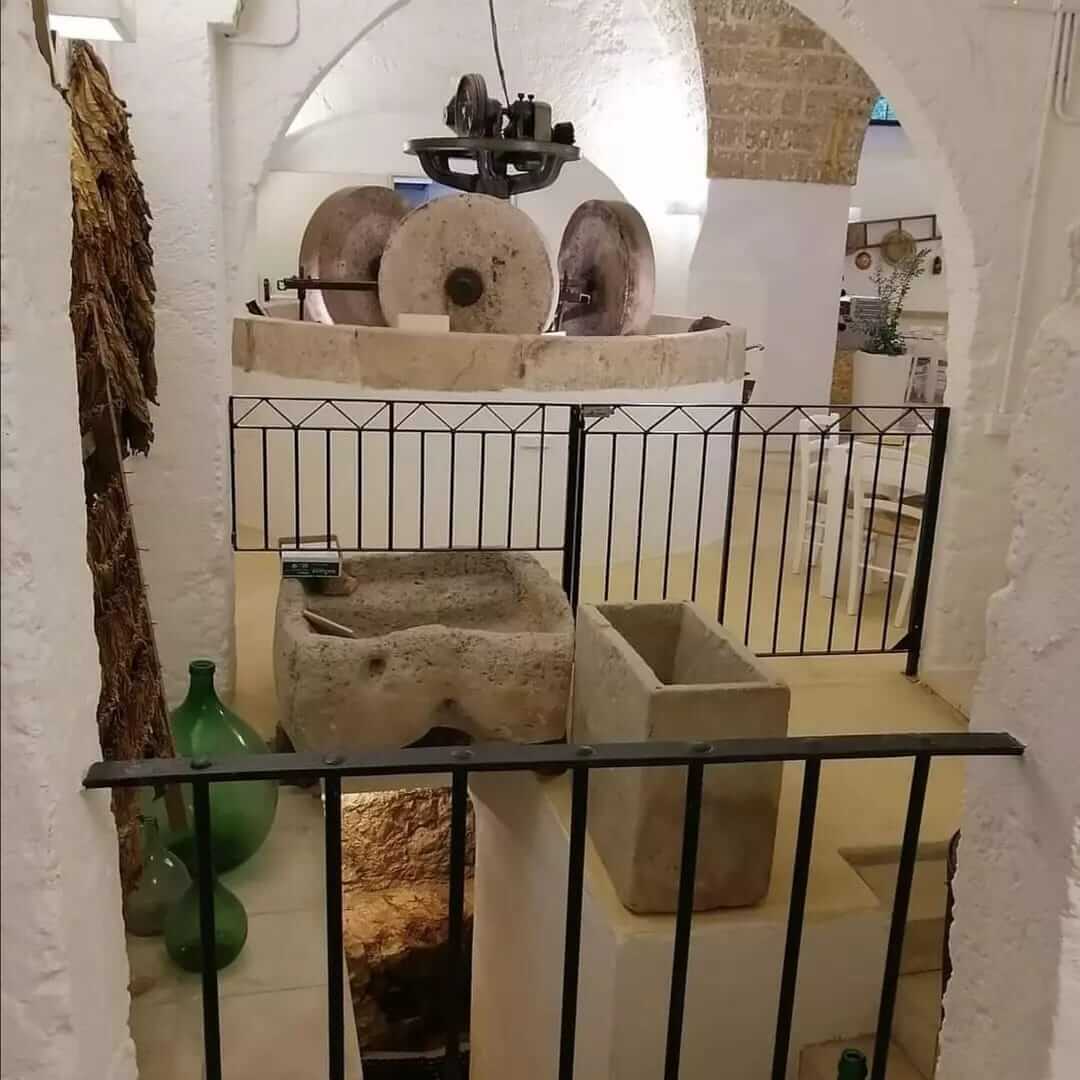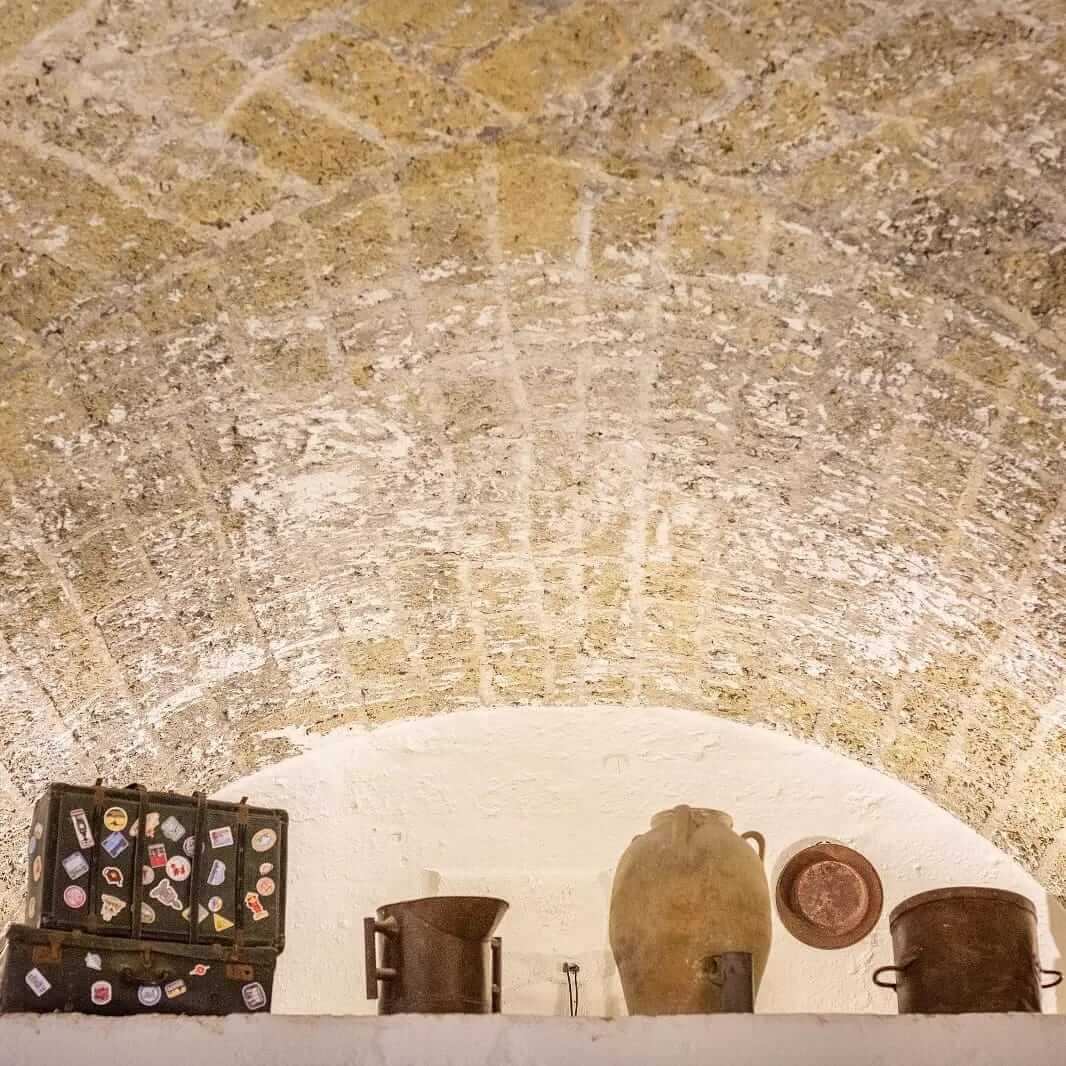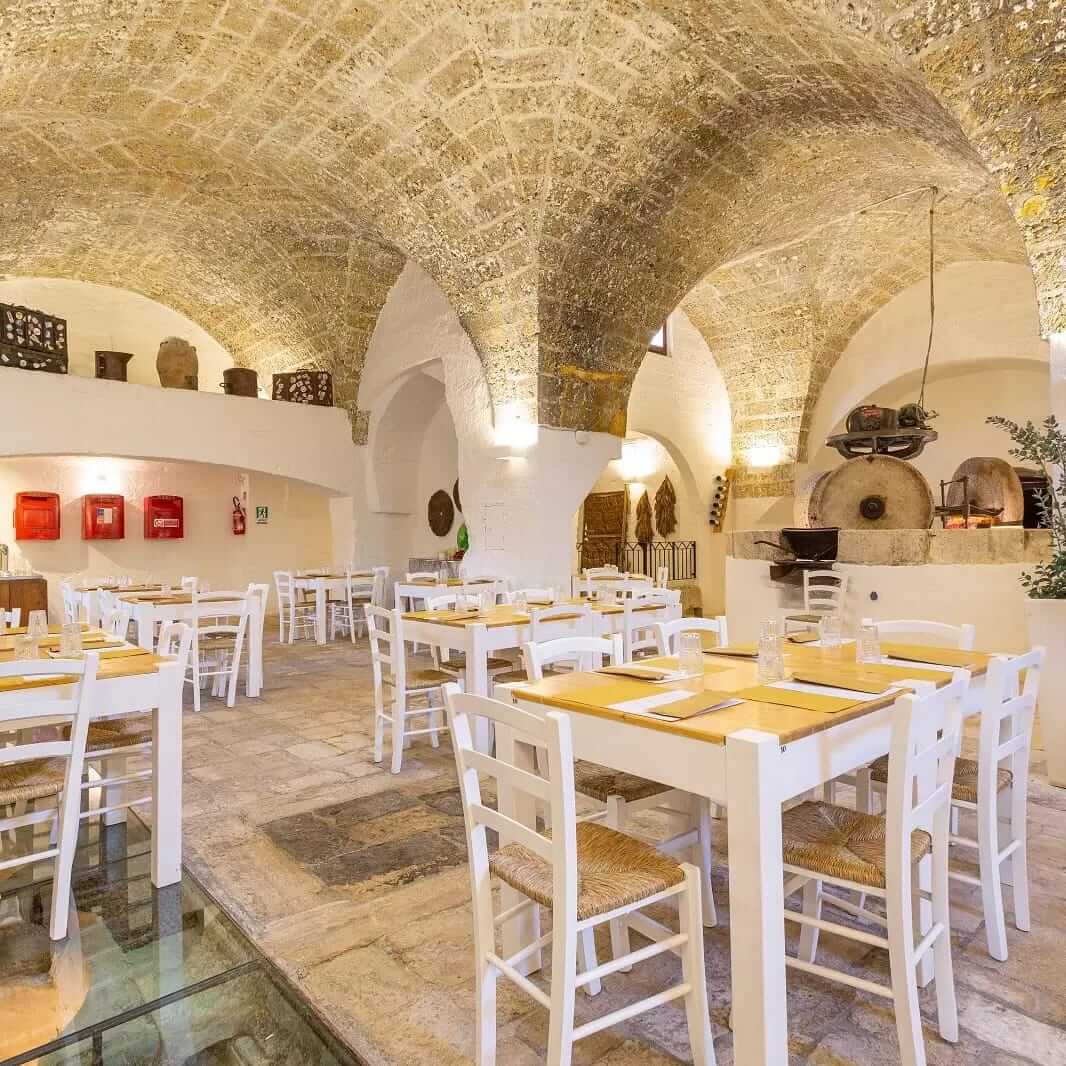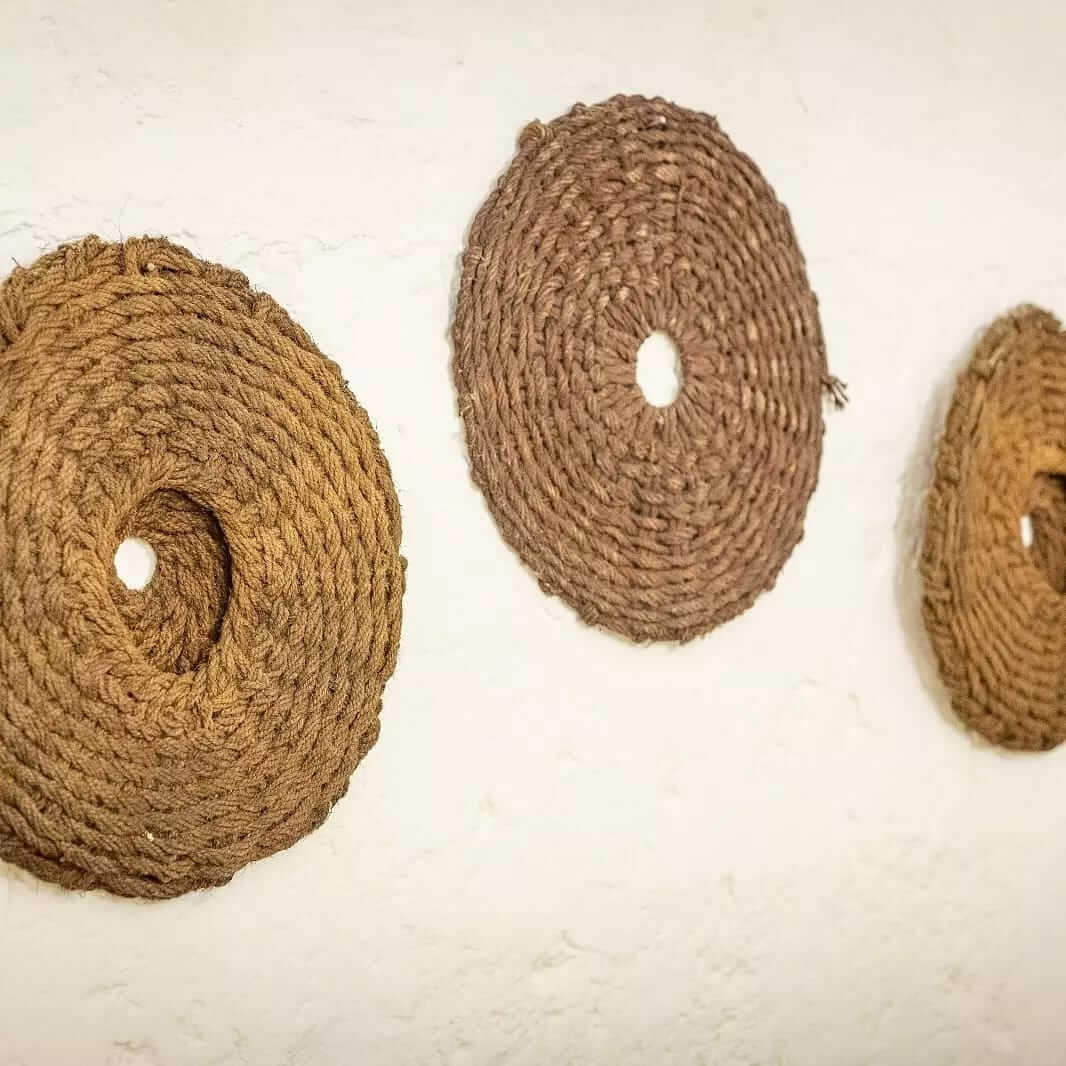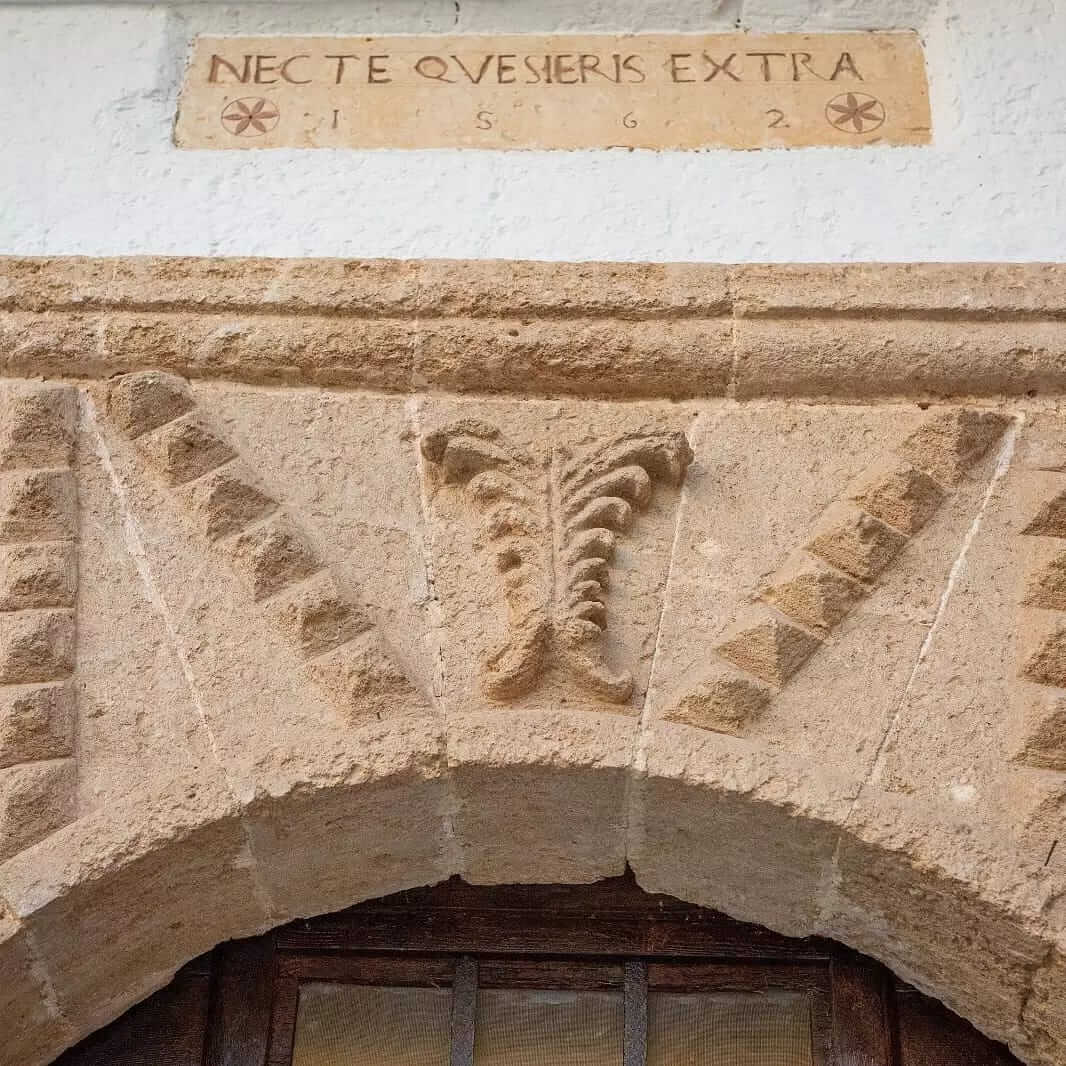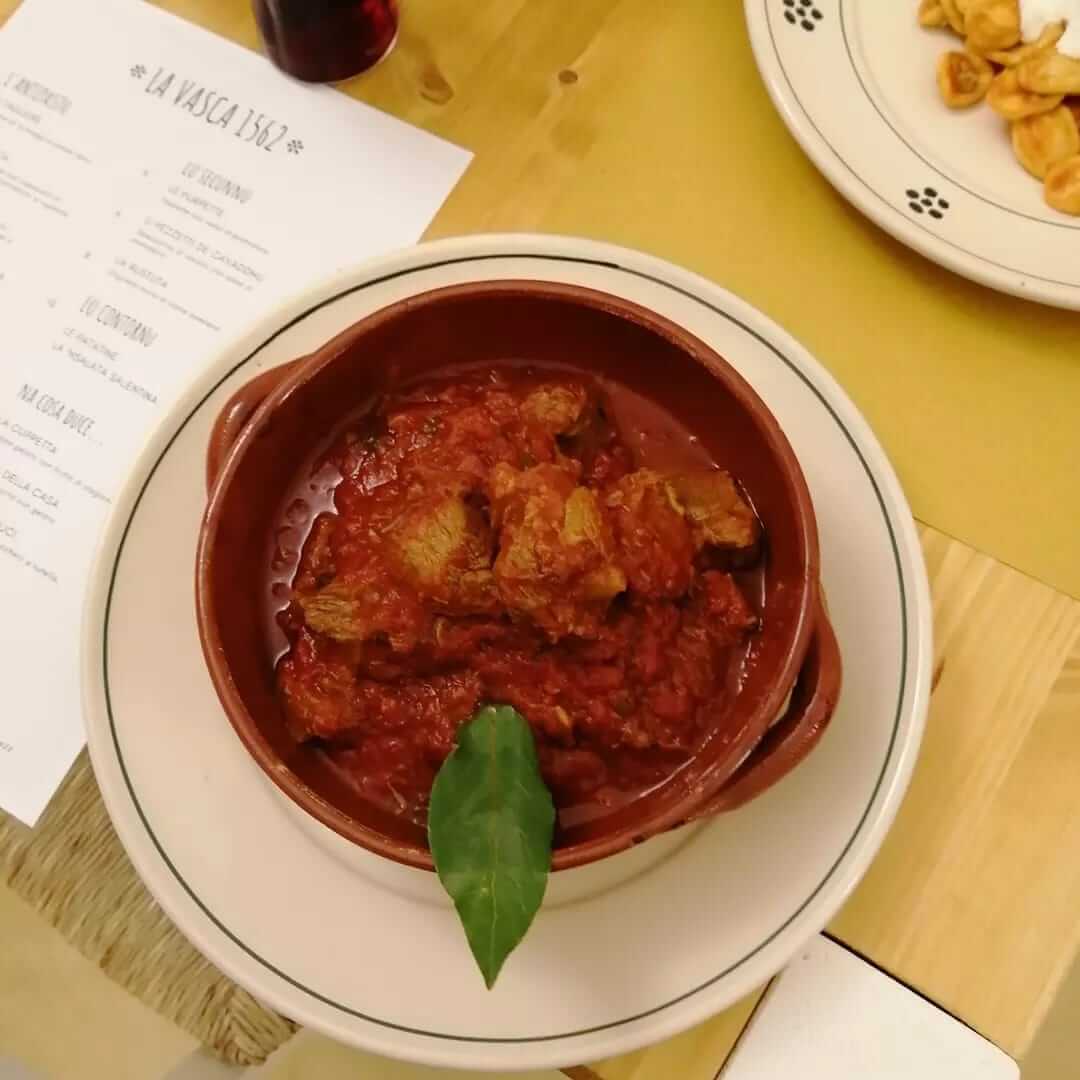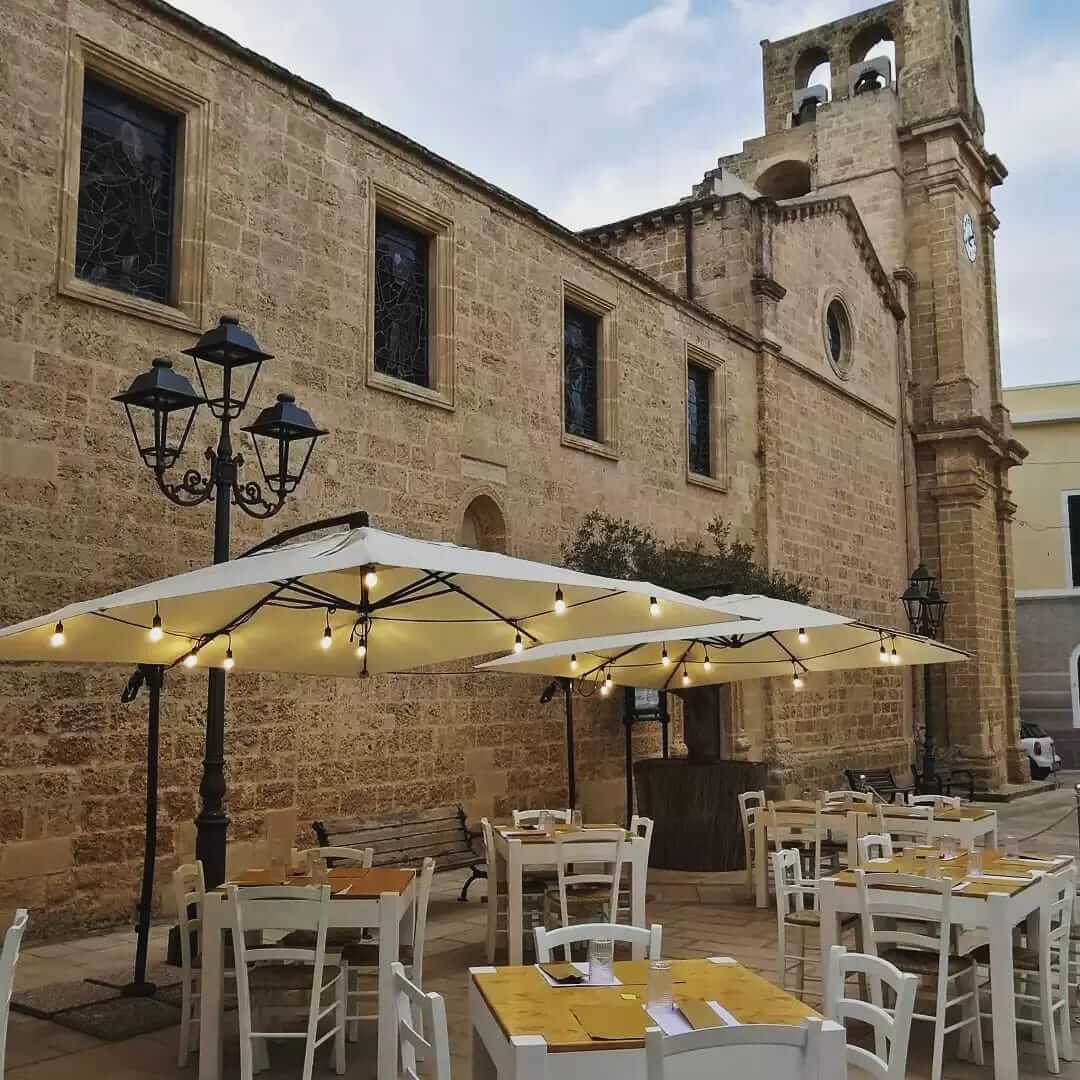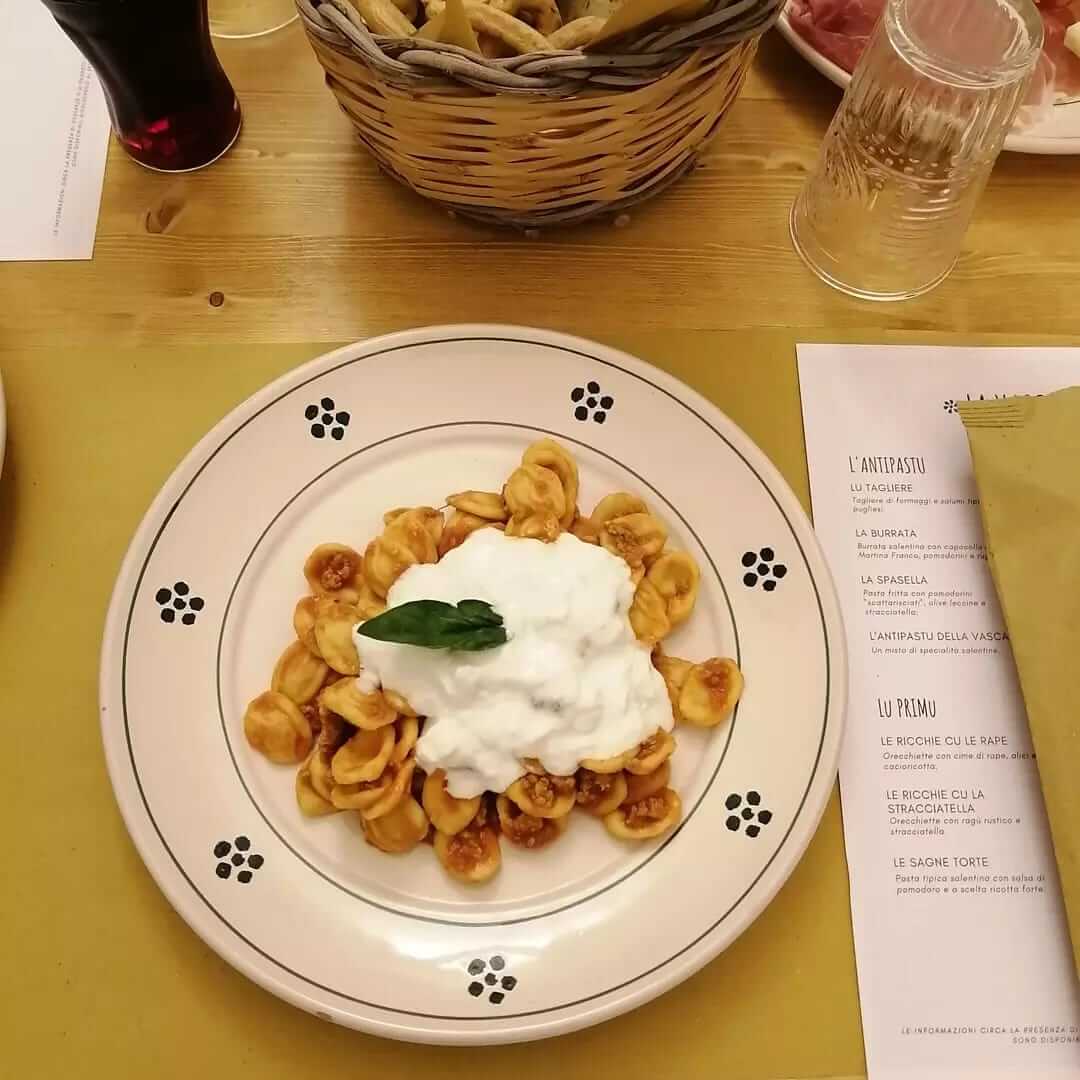The name “La Vasca” is simply taken from the past with which all the citizens of Morciano always recognized and called the mill and the date “1562” taken from the epigraph located on the entrance door of the structure itself. The Latin phrase “NECTE QVESIERIS EXTRA (And don’t look for yourself outside) 1562” present on the external wall of the building on the trilobed arch has an extremely current meaning, inviting people not to be influenced by the opinion of others, when this is not adequately motivated and don’t underestimate yourself.
The structure is located between two religious entities, on one side the Mother Church of San Giovanni Elemosiniere dating back to the early 1500s, but certainly built on a pre-existing building, and on the other the Carmelite Convent also dating back to the early years of 1500. In the beginning “La Tub” was undoubtedly managed by the religious as a hospital intended as a shelter for the needy, the sick, the poor and pilgrims who went to Santa Maria di Leuca and offered them shelter and meal as a last stop at par. of a modern hotel.




